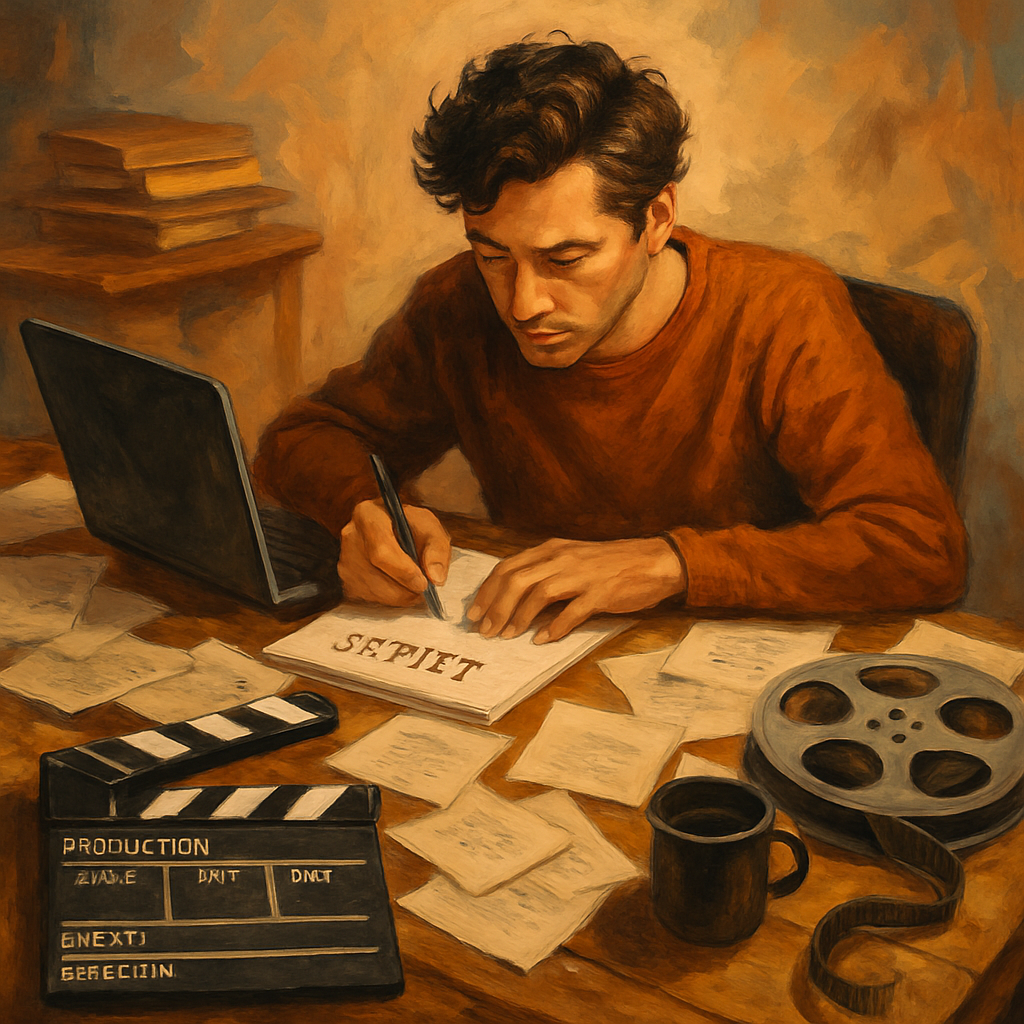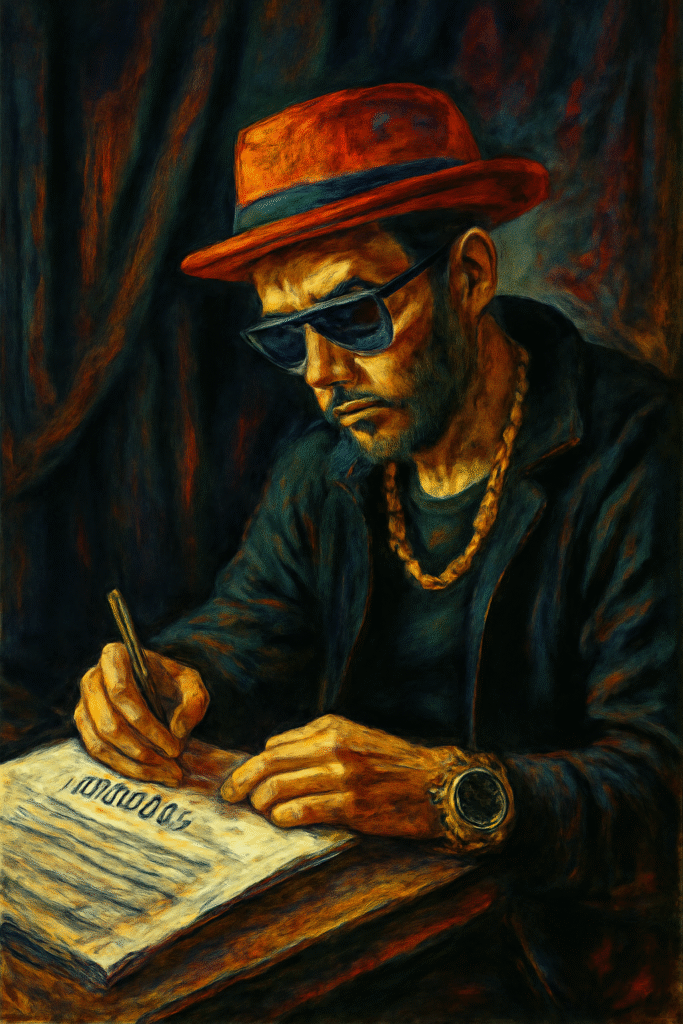The Vital Role of a Screenwriter in Crafting a Feature Film

The Vital Role of a Screenwriter in Crafting a Feature Film is very crucial. A screenwriter is the creative architect of a feature film, responsible for transforming an idea into a structured, compelling story that serves as the blueprint for the entire production.
They craft the plot, develop characters, shape dialogue, and control pacing to ensure the narrative captures the audience’s emotions and attention. The Vital Role of a Screenwriter in Crafting a Feature Film is very crucial.

Here’s what a scriptwriter typically does, step by step:
1. Concept Development
- Idea Creation: Come up with an original concept or adapt an existing story (novel, play, real event, etc.).
- Genre & Tone: Decide if it’s a thriller, comedy, drama, etc., and the emotional “flavor” of the film.
- Research: Learn about the world of the story — e.g., for The Last Swipe, research dating app scams, police procedures, and Jaipur’s geography.
2. Story Structure & Planning
- Logline: A one-sentence hook that sells the idea.
- Synopsis: A short story summary covering the main beats.
- Beat Sheet: Break the story into 30–50 key moments (like we just did for The Last Swipe).
- Outline/Treatment: A 5–15 page narrative describing the film in prose before writing the script.
3. Screenplay Writing
- Formatting: Use industry-standard screenplay format (Final Draft, Celtx, Arc Studio, WriterDuet, etc.).
- Scene Construction: Write action lines, dialogue, and character movements.
- Pacing: Control when reveals, twists, and emotional beats hit so the audience stays engaged.
- Character Arcs: Make sure each character changes (or fails to change) in a meaningful way.
- Subtext: Layer meaning under the dialogue so scenes feel alive and realistic.
4. Revisions & Polishing
- Self-Editing: Tighten dialogue, cut unnecessary scenes, sharpen pacing.
- Feedback: Get notes from producers, directors, or script consultants.
- Rewrites: Adjust story based on creative and production needs (budget limits, location changes, casting).
5. Pre-Production Collaboration
- Table Reads: Attend readings with actors to see if dialogue works out loud.
- On-Set Adjustments: Sometimes tweak or rewrite scenes on set to fix pacing or performance issues.
- Continuity Checks: Ensure changes still match the rest of the story.
6. Legal & Professional Work
- Copyright Registration: Protect the script legally.
- Pitching: Present the script to studios, production houses, or investors.
- Contracts: Negotiate payment — could be a flat fee, WGA scale, or percentage of profits.
Without a strong screenplay, even the most talented directors, actors, and cinematographers have little to build upon — because the script defines what is being told, how it unfolds, and why it matters. The screenwriter’s work lays the foundation for every creative and technical decision that follows, making them an essential force behind a film’s artistic vision and storytelling success.
📌 In short:
A scriptwriter takes the seed of a story idea and grows it into a detailed, structured, and production-ready blueprint. Without a solid script, even the best actors and directors can’t make a great film — because story is the foundation.


0 Comments